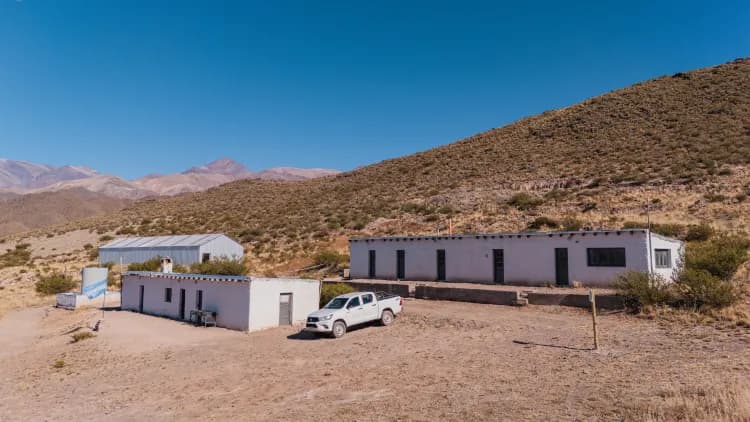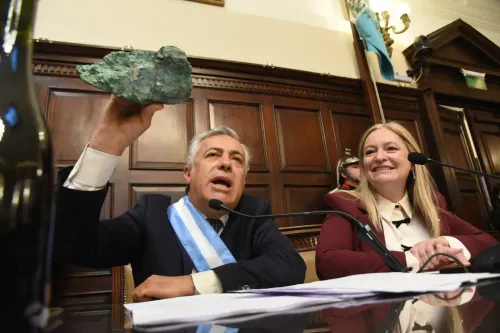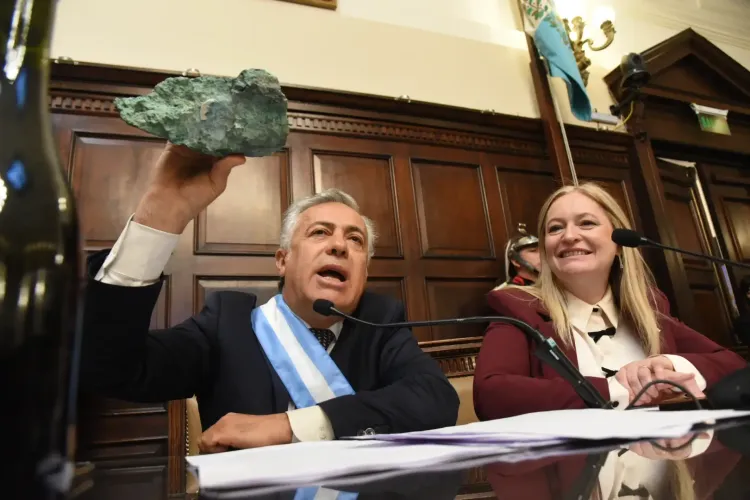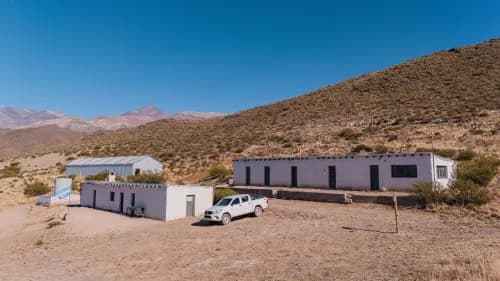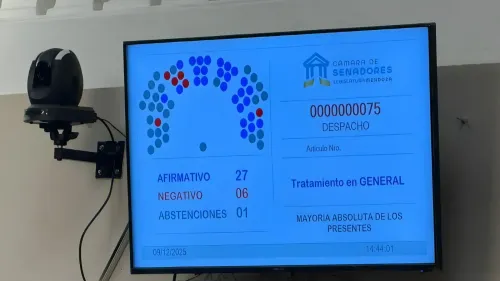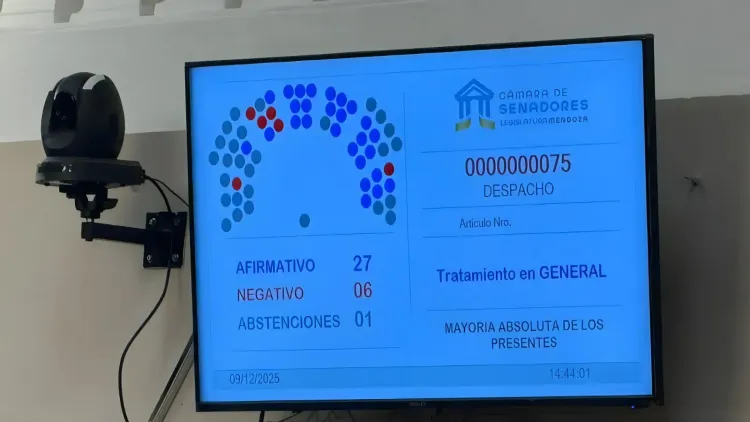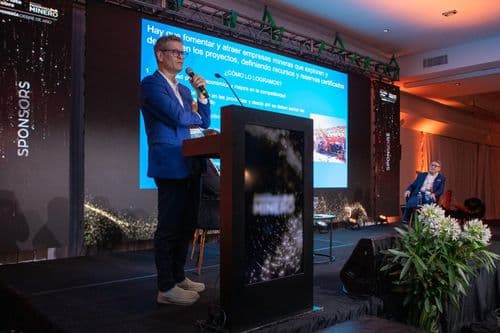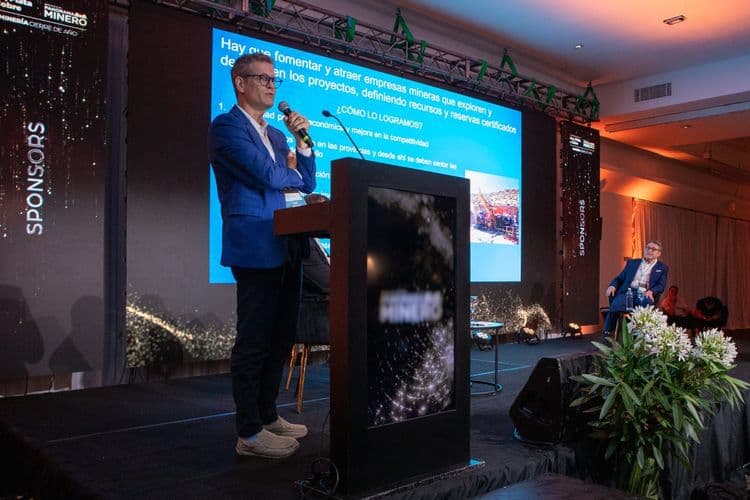The Argentine Chamber of Mining Companies (CAEM) issued a statement this Monday calling on mining provinces to join the Incentive Regime for Large Investments (RIGI) to expedite the development of major gold, silver, copper, and lithium projects. The chamber emphasized that this regime is crucial for boosting investment in Argentina’s mining sector, highlighting its positive impact on job creation, support for local suppliers, and infrastructure improvement.
By Panorama Minero
According to CAEM, the RIGI is a fundamental tool that not only promotes the growth of mining production in Argentina but also contributes to generating genuine employment and improving socioeconomic conditions in mining regions. As stated by the chamber, “this regime is essential for attracting significant investments, which have a major effect on job creation and the development of communities waiting for the benefits that mining brings.”
The chamber also underscored that the RIGI is vital for enhancing Argentina's competitiveness in the mining sector. “It is necessary to build investor confidence, which can only be achieved through predictability in exchange rates, legal security, a competitive tax framework, and appropriate infrastructure,” noted the entity, which represents the leading companies operating in the country.
Analyzing the current context of mining and the national economy, CAEM argued that the RIGI will help create favorable conditions for launching significant mining projects, such as those for copper and lithium, which are crucial for Argentina’s sustained economic growth. “Mining projects, which can take between 3 to 5 years to build, create between 3,000 and 5,000 jobs during their operational phase. Each project can employ around 800 SMEs during construction and maintain approximately 600 SMEs throughout its productive life, with a strong presence of Argentine suppliers and local workforce,” explained CAEM.
The chamber also highlighted the importance of stimulating investment in exploration for new gold and silver projects, sectors facing a dual scenario of declining production: on one hand, mines reaching the end of their life, and on the other, a deficit in exploration and advancement of new projects. “It is imperative to extend the life of existing projects and seize the opportunity provided by the global scenario,” they stated.
Finally, CAEM expressed its commitment to the sector’s development and emphasized its economic potential as a transformative force for Argentina in the coming years: “We must seize every opportunity to maximize the value of our mineral resources. Our goal is to transform over 25 billion dollars in projects into operating mines, triple our current exports to 12 billion dollars annually, and double the more than 100,000 jobs we currently generate.”



